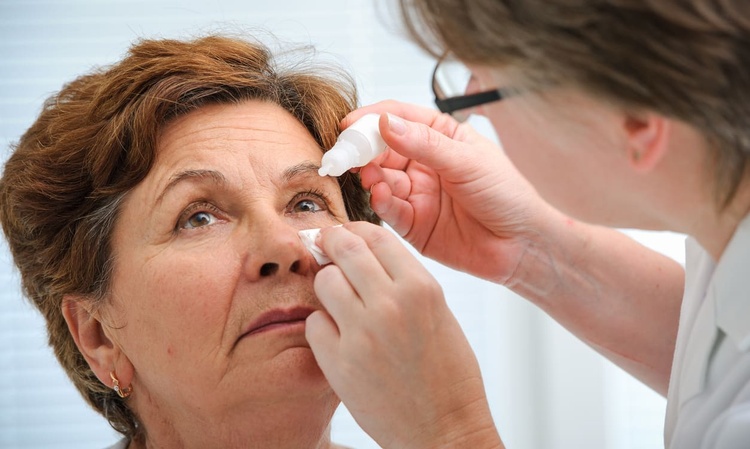Learn About Bladder Control Patches
Bladder control patches represent an innovative approach to managing urinary incontinence, offering a discreet alternative to traditional incontinence products. These transdermal systems deliver medication through the skin to help regulate bladder function and reduce symptoms of overactive bladder or urinary leakage. Understanding how these patches work and their potential benefits can help individuals make informed decisions about their incontinence management options.

Urinary incontinence affects millions of people worldwide, impacting quality of life and causing embarrassment for many. While traditional management options like pads and medications have been standard treatments, bladder control patches have emerged as an alternative approach. These transdermal delivery systems offer a different method for addressing bladder control issues, working through the skin to deliver medication that helps regulate bladder function. This article explores what bladder control patches are, how they work, and their role in comprehensive incontinence management.
How Do Bladder Control Patches Work?
Bladder control patches utilize transdermal delivery systems to administer medication through the skin and into the bloodstream. Unlike oral medications that must pass through the digestive system, patches deliver a steady, controlled dose of medication directly into the bloodstream over an extended period. Most bladder control patches contain anticholinergic medications like oxybutynin, which work by relaxing the bladder muscle and reducing involuntary contractions that can cause urinary urgency and leakage.
The patch is typically applied to clean, dry skin on the abdomen, hip, or buttock area. The medication then gradually passes through the skin layers and enters the bloodstream. This delivery method helps maintain consistent medication levels in the body, potentially reducing side effects compared to oral medications while providing continuous symptom control. Patches are generally changed every few days, depending on the specific product and dosage prescribed.
Benefits of Transdermal Delivery Systems for Incontinence
Transdermal delivery systems offer several potential advantages over traditional incontinence treatments. First, they bypass the digestive system, which can reduce certain side effects commonly associated with oral anticholinergic medications, such as dry mouth and constipation. The steady release of medication may also help prevent the peaks and valleys in medication levels that can occur with pills, potentially providing more consistent symptom control throughout the day and night.
For individuals who struggle with taking multiple medications or have difficulty swallowing pills, patches offer a convenient alternative that requires application just a few times per week rather than daily pill-taking. The discreet nature of patches also appeals to many users—once applied under clothing, they remain invisible and allow for normal daily activities, including showering and exercise in most cases.
Comparing Bladder Control Patch Options
Several bladder control patch products are available by prescription, with variations in active ingredients, dosage strength, and application schedules. Understanding the differences between available options can help patients and healthcare providers select the most appropriate treatment.
| Product Name | Active Ingredient | Application Schedule | Average Monthly Cost |
|---|---|---|---|
| Oxytrol | Oxybutynin | Replace every 3-4 days | $80-120 |
| Oxytrol For Women (OTC) | Oxybutynin (lower dose) | Replace every 4 days | $30-45 |
| Gelnique | Oxybutynin gel (similar delivery) | Apply daily | $200-250 |
| Darifenacin Patch* | Darifenacin | Replace weekly | $150-200 |
Prices, rates, or cost estimates mentioned in this article are based on the latest available information but may change over time. Independent research is advised before making financial decisions.
*Available in select markets or clinical trials
Integrating Patches into Incontinence Management
Bladder control patches typically form part of a comprehensive incontinence management plan rather than serving as a standalone solution. Healthcare providers often recommend combining pharmacological treatments like patches with behavioral techniques such as pelvic floor exercises, bladder training, and fluid management. This multimodal approach tends to yield better results than medication alone.
For individuals with moderate to severe incontinence, patches may help reduce symptoms while other strategies address underlying causes. It’s important to note that patches primarily target urge incontinence (sudden, strong urges to urinate) and may be less effective for stress incontinence (leakage during physical activities or movements). A thorough evaluation by a healthcare provider can determine whether bladder control patches are appropriate for an individual’s specific incontinence type and severity.
Potential Side Effects and Considerations
While transdermal delivery systems can reduce certain side effects associated with oral medications, they may introduce others. The most common side effects specific to bladder control patches include skin irritation, redness, or itching at the application site. Some users may still experience anticholinergic side effects such as dry mouth, constipation, blurred vision, or drowsiness, though potentially to a lesser degree than with oral medications.
Certain individuals should use bladder control patches with caution or avoid them altogether, including those with certain types of glaucoma, urinary retention, gastrointestinal disorders, or liver disease. Older adults may be particularly sensitive to anticholinergic effects and should be monitored closely when using these medications. As with any prescription medication, bladder control patches should only be used under medical supervision and according to the prescribed regimen.
Bladder control patches represent an important option in the toolkit for managing urinary incontinence. Their unique delivery method offers potential advantages for some individuals, particularly those who experience side effects from oral medications or prefer a less frequent dosing schedule. However, they are not appropriate for everyone, and their effectiveness varies depending on the type and cause of incontinence. Consulting with a healthcare provider about symptoms is essential for determining whether bladder control patches might be beneficial as part of a comprehensive incontinence management strategy.
This article is for informational purposes only and should not be considered medical advice. Please consult a qualified healthcare professional for personalized guidance and treatment.




